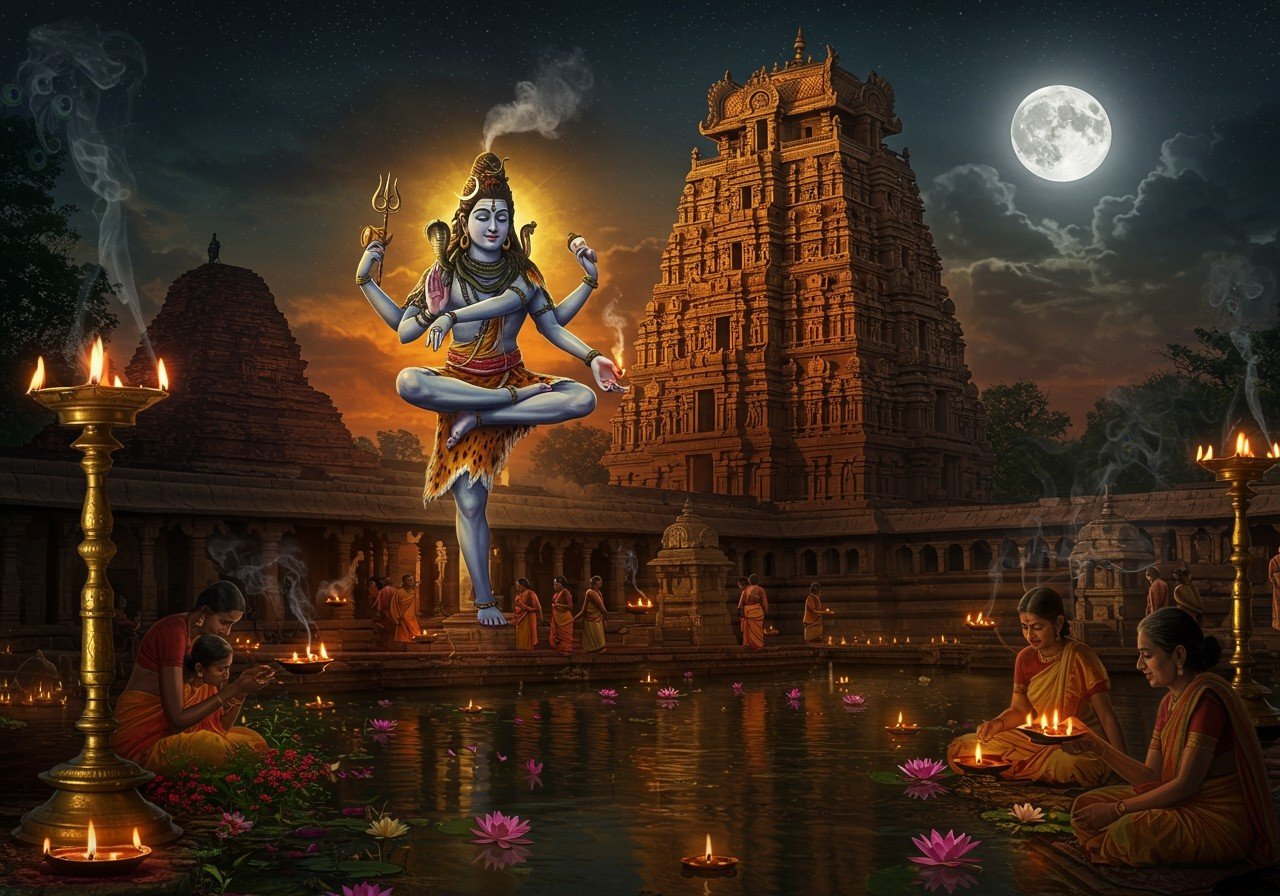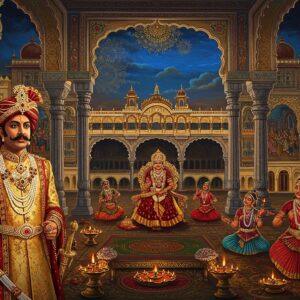
Embark on a spiritual journey to the revered Munneswaram Temple, a place of profound historical and religious significance nestled in the heart of Sri Lanka. This sacred site draws pilgrims from diverse faiths, particularly Hindus and Buddhists, who seek solace, blessings, and a deeper connection with the divine. Experience the serenity and delve into the captivating stories of those who have found solace and spiritual awakening at this cherished temple.
A Glimpse into History: Munneswaram Temple’s Rich Legacy
The Munneswaram Temple, also known as Munneswaram Kovil, stands as a testament to over a thousand years of history, its roots possibly tracing back to 1000 CE. As one of the five ancient Pancha Ishwarams dedicated to Lord Shiva, it holds a significant place in Tamil culture and showcases a harmonious blend of Dravidian and Sinhalese architectural styles. The temple has weathered the storms of time, including colonial challenges, and has been lovingly restored over the years, preserving its sacred heritage.
While dedicated to Lord Shiva, the temple’s significance intertwines with the epic Ramayana. Legend has it that King Rama prayed to Lord Shiva at this very spot to seek absolution for the sin of killing Ravana. The presiding deities, Sri Munnainathar and Sri Vativampika Devi, are venerated alongside other revered figures like Kali, Ganesha, Aiyanar, and Vishnu, reflecting the temple’s inclusive spiritual embrace. The temple complex even houses a Buddhist shrine, a beautiful testament to religious harmony and the shared spiritual heritage of the land. This rich tapestry of history and mythology makes Munneswaram Temple a truly unique and captivating destination.
Experiencing the Divine: Rituals, Festivals, and the Pilgrim’s Journey
Munneswaram Temple offers a deeply enriching spiritual experience. Daily rituals and pujas (prayers) create a palpable connection between devotees and the divine. The air vibrates with devotion as the temple priests, known as ‘Kurukkals’, conduct these sacred practices. From the early morning hours to the serene evenings, the temple resonates with the chants and prayers of the faithful.
The temple’s annual festivals are a vibrant celebration of faith. Navaratri, a nine-day festival honoring the Goddess, and Shivaratri, an overnight vigil dedicated to Lord Shiva, draw thousands of devotees. The grand Munneswaram Festival, a four-week-long extravaganza, attracts people from all walks of life, including Hindus, Buddhists, Christians, and Muslims, showcasing the temple’s unifying power. It’s truly a time when the community comes alive with shared devotion.
For those seeking a deeper understanding of devotion and ritual items, explore our collection at Poojn.in. We offer a wide selection of authentic puja samagri to enhance your spiritual practices.
Shared Stories, Shared Faith: Pilgrims’ Experiences
Pilgrims often share heartfelt stories of their visits to Munneswaram Temple. Many speak of experiencing a sense of spiritual healing, receiving divine guidance, and finding comfort and solace. The temple is a place of transformation and renewal, where families and friends come together to strengthen their bonds through shared spiritual experiences. The sense of community among pilgrims is truly inspiring, as people from all walks of life unite in worship and reverence.
Voices of Devotion: Munneswaram Temple Reviews
Visitors to Munneswaram Temple consistently praise the serene atmosphere and the well-maintained facilities. The cleanliness and the sense of tranquility are often highlighted. However, some suggest improvements in accessibility for the elderly and those with mobility challenges. The local guides, with their wealth of knowledge and helpful nature, often enrich the visitor experience by providing insights into the temple’s history and significance.
Modern Convenience, Timeless Tradition: Online Shopping for Puja Needs
In today’s digital age, online shopping has made preparing for pilgrimages much easier. Authentic ritual items and offerings are now readily available at your fingertips. This convenience allows pilgrims to focus on their spiritual journey without the hassle of searching for specific items. Poojn.in, India’s leading online store for puja samagri, offers a wide selection of high-quality products to enhance your spiritual practices. Browse our extensive collection at www.poojn.in.
Planning your trip also becomes simpler with online resources. You can easily book travel and accommodations, while virtual tours offer glimpses into the temple’s architecture and history, deepening your understanding and appreciation of this sacred site.
Poojn.in: Your Companion on the Spiritual Path
Poojn.in is dedicated to supporting your spiritual journey. We offer a wide range of authentic puja items and supplies, carefully curated to meet the needs of devotees. Whether you are seeking specific items for Shiva worship or a complete puja kit, we have you covered. Our selection includes everything from pure copper vessels and bell-metal thalis to high-quality wicks, pure ghee, fresh flowers, and traditional dhoop. Discover our comprehensive collection today.
Embracing the Divine: Past, Present, and Future
Munneswaram Temple stands as a beacon of spirituality, inviting all to experience its divine embrace. The rich history, the vibrant festivals, and the heartfelt stories of pilgrims create a tapestry of faith and community. By blending tradition with modern conveniences like online shopping for puja needs, the pilgrimage experience becomes even more accessible and meaningful. As you plan your visit to Munneswaram, embrace the timeless practices and the modern tools that deepen your connection with the divine.
FAQs: Your Questions Answered
What is the history of Munneswaram Temple? Munneswaram Temple boasts a rich history spanning over a millennium, possibly dating back to 1000 CE. It is revered as one of the five ancient Pancha Ishwarams dedicated to Lord Shiva and holds a special place in both Hindu and Buddhist traditions. Legends link the temple to the Ramayana, adding to its mystique and spiritual significance.
Why is Munneswaram Temple important for devotees? Devotees visit Munneswaram Temple seeking blessings, spiritual healing, and a profound connection with the divine. The temple’s serene atmosphere, combined with the belief in the power of prayer, creates a space for transformation and renewal. For many, it’s a place where hopes are kindled, and inner peace is found.
What are the rituals performed at Munneswaram Temple? Daily pujas (prayers) are conducted by the temple priests, known as ‘Kurukkals’. The temple also hosts vibrant festivals, including Navaratri and Shivaratri, as well as the month-long Munneswaram Festival. These celebrations are filled with color, music, and deep spiritual meaning.
Can I find online reviews for Munneswaram Temple? Absolutely! Numerous travel and religious websites feature reviews from visitors sharing their personal experiences and insights. These reviews can provide valuable perspectives and help you plan your own visit.
How can I reach Munneswaram Temple? Located near Chilaw in Sri Lanka’s North Western Province, the temple is approximately 80 km from Colombo. It’s accessible by road, with options for private vehicles, taxis, and public transport like buses and trains.
What are the temple’s visiting hours? The temple is open daily, typically from 5:30 AM to 12:30 PM in the morning and 4:00 PM to 8:00 PM in the evening. Early morning visits are ideal for a quieter, more contemplative experience, while evenings offer a different ambiance with the glow of oil lamps and the resonance of chants.
Are there any nearby attractions to visit after Munneswaram Temple? Yes, the area around Munneswaram offers several attractions. Consider visiting Chilaw Beach for its scenic beauty or explore the diverse ecosystem of the Anawilundawa Wetland Sanctuary. You can also delve into the local culture by visiting nearby villages and historical sites.
Is there a dress code to follow when visiting Munneswaram Temple? Modest attire is recommended as a mark of respect. Clothing that covers your shoulders and knees is generally appropriate. Traditional attire is always welcome.


